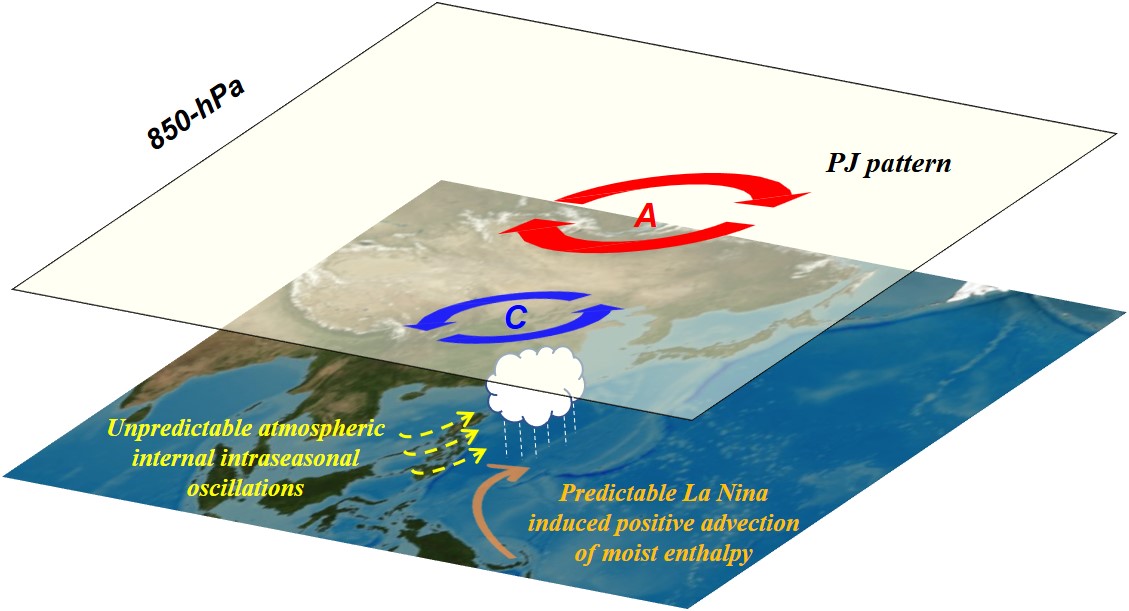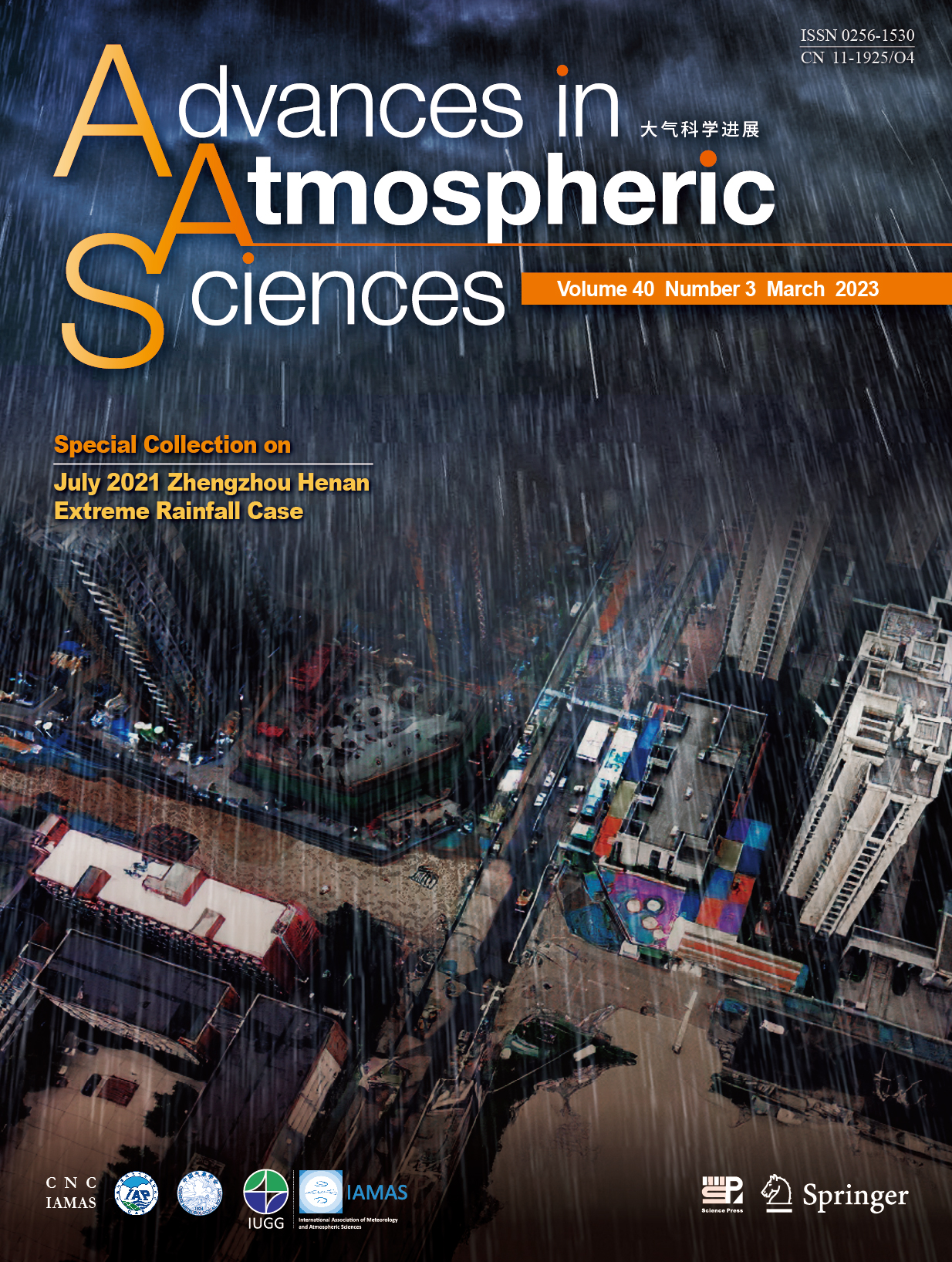Western Pacific subtropical high (WPSH) is a key atmospheric circulation system affecting the East Asian summer climate. In July 2021, unprecedented heavy rainfall occurred in East-Central China's Zhengzhou against a background of a northward shift in WPSH.
Due to complex air-sea-land interactions, WPSH exhibits significant interannual to interdecadal variability, which poses a grand challenge to skillfully predicting climate.
Recently, scientists from the Institute of Atmospheric Physics (IAP) of the Chinese Academy of Sciences have revealed both the predictable and unpredictable components of the anomalous WPSH in July 2021 based on large ensemble hindcast experiments using the IAP/LASG ocean-atmosphere coupled model.
"The observed northward shift of the WPSH in July 2021 exhibited a meridional dipole pattern in the 850-hPa geopotential height over the eastern coastal area of China, and the amplitude of geopotential height was the strongest since 1979," said Dr. HU Shuai, lead author of the study. "This meridional dipole pattern corresponded to the two nodes of the so-called Pacific-Japan pattern."
To reveal the predictability of the anomalous WPSH, the researchers conducted a 21-member ensemble of seasonal predictions initiated from the end of June 2021. Both the predictable and the unpredictable components of the meridional dipole pattern were identified from the ensemble simulations.
The predictable component was driven by positive precipitation anomalies over the tropical western Pacific, which were caused by a positive horizonal advection of the mean moist enthalpy associated with southwesterly anomalies to the northwestern flank of anticyclonic anomalies. The unpredictable component was associated with the atmospheric internal intraseasonal oscillations, which were not initialized in the predictions.
The relative contributions of the predictable and unpredictable components to the observed northward shift of the WPSH at 850 hPa were 28.0% and 72.0%, respectively.
"Our study calls for attention to be paid to the intraseasonal variability of the WPSH in seasonal predictions. An accurate prediction of the intraseasonal variability is of high priority in efforts devoted to improving the prediction skill for the East Asian summer climate," said Prof. ZHOU Tianjun, corresponding author of the study.
The study was included in a
special collection on the July 2021 Zhengzhou Extreme Rainfall Event.
Fig. 1 Schematic of the impact of La Nina and atmospheric internal intraseasonal oscillations on the seasonal prediction of the WPSH in July 2021. (Image by HU Shuai)
Fig. 2 A special collection is published to understand the dynamic, thermodynamic, microphysical, and land surface and boundary layer processes and conditions leading to the July 2021 Zhengzhou, Henan Extreme Rainfall Event, and to reveal the large-scale influence and control on the regional processes. (Image by AAS)






